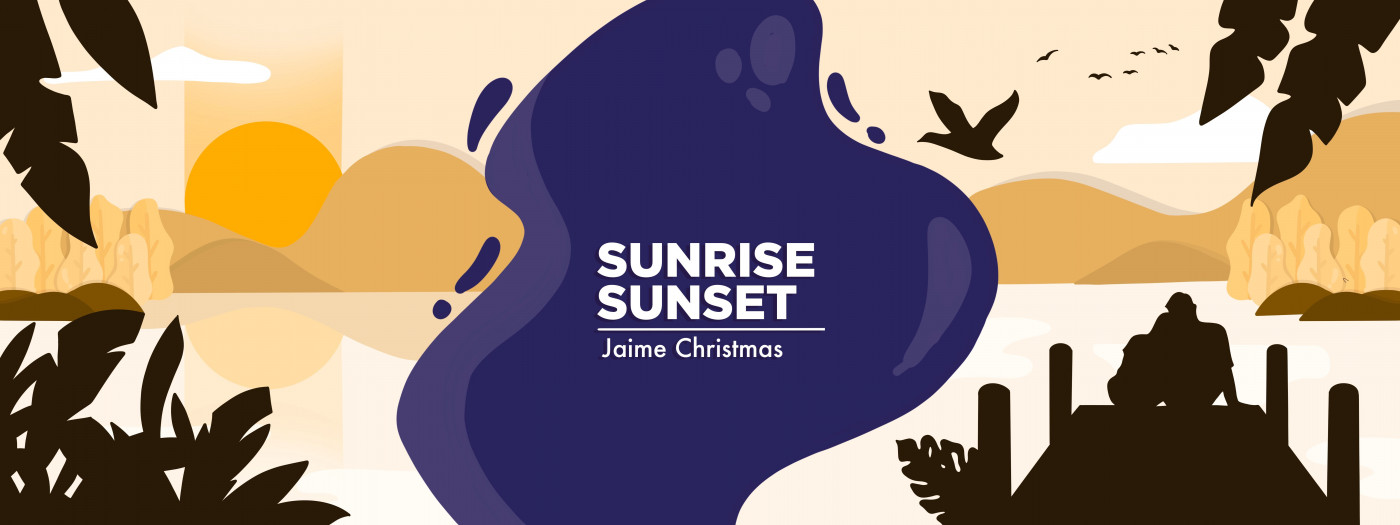Even Before the Pandemic, We Knew Social Distancing and Isolation

New Zealand was largely able to avoid the effects of the COVID-19 pandemic, until now.
The contagious nature of the delta variant and the high number of cases have placed many people on edge here in Auckland, where my husband, Aubrey, and I reside.
Aubrey is a patient with hereditary ATTR amyloidosis (hATTR amyloidosis), and in 2016 he underwent a liver transplant, which has resulted in him having a compromised immune system. He also suffers from cardiomyopathy, or congestive heart failure. All of this means that, compared to a healthy person, he has a much higher chance of developing a severe reaction to being infected with the virus.
We are leaders of an association that represents amyloidosis patients in New Zealand, but we have begun to take extra precautions when we interact with others, or when we are out in public. We spend most of our time isolated at home, only venturing out to visit his clinicians, or to do something that requires our attendance.
As the pandemic has worsened, we have seen a divide begin to grow among people about how best to manage it. Aubrey and I have agreed that we won’t react negatively toward opinions and actions that disagree with our own. That won’t solve anything. Instead, we have simply chosen to be mindful of our own words and deeds.
Plus, as a result of Aubrey’s illness, our family is used to having to adapt to change.
Living with hATTR amyloidosis, pre-pandemic
Aubrey had already gotten used to the solitude of being confined to his home, to having seen his own sense of autonomy taken from him, and to living in fear of dying. While there is already a vaccine that will ease conditions for most while helping to protect them from the virus, we have had to endure our situation without much support. For many years, the onus of dealing with this disease was placed entirely on the person and his family. There were virtually no treatment options for sufferers of hATTR amyloidosis.
Because the pandemic has affected so many of us, we all now have a shared experience. This, I believe, has changed the views and expectations of many. The realization that life is precarious yet precious is propelling us to appreciate relationships and time together with loved ones. It has motivated many to clarify who and what matters most to them and refocus their energy and attention to what is really important in life.
***
Note: FAP News Today is strictly a news and information website about the disease. It does not provide medical advice, diagnosis, or treatment. This content is not intended to be a substitute for professional medical advice, diagnosis, or treatment. Always seek the advice of your physician or other qualified health provider with any questions you may have regarding a medical condition. Never disregard professional medical advice or delay in seeking it because of something you have read on this website. The opinions expressed in this column are not those of FAP News Today or its parent company, Bionews, and are intended to spark discussion about issues pertaining to familial amyloid polyneuropathy.








Leave a comment
Fill in the required fields to post. Your email address will not be published.